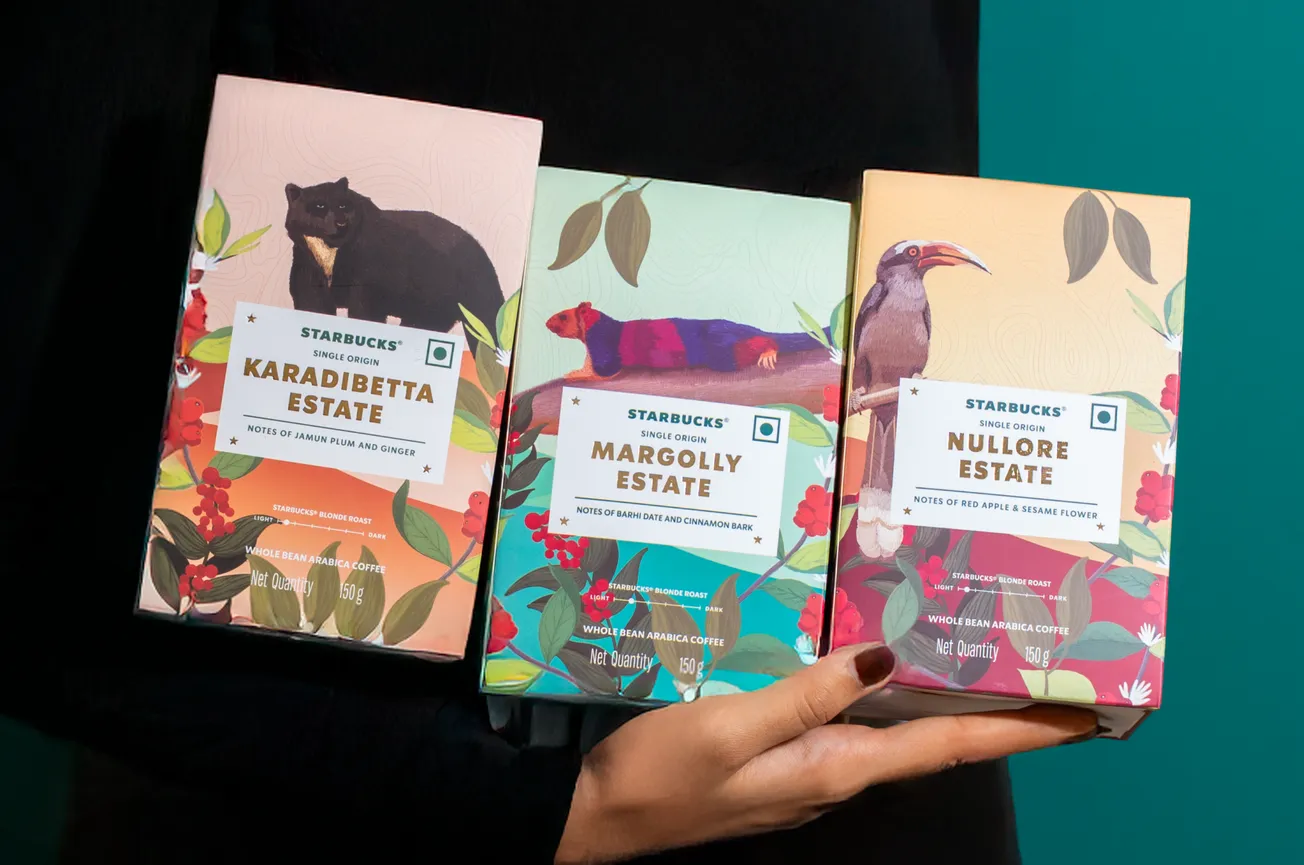Despite the uneven easing of pandemic trading restrictions around the world, 2022 was a year of steady recovery for the global coffee industry. While many coffee chains continued to build on sales streams ramped up during Covid, such as app-based ordering, drive thru and at-home coffee, operators also benefited from a recovery of consumer footfall, prompting an uplift in sales and the resumption of outlet expansion
There have been many positive stories from the coffee business world over the last 12 months. With a few exceptions, notably in China where Covid trading restrictions were sporadically reimplemented, the global branded coffee shop market has edged towards normalcy following the pandemic.
However, the last 12 months have not been without obstacles. Russia’s invasion of Ukraine has adversely impacted the global economy, exacerbating existing supply chain challenges and generating soaring energy costs for hospitality businesses already grappling with staff shortages and uneven footfall recovery, particularly in city centre locations, following the pandemic.
Nevertheless, with many coffee chains resuming outlet growth, striking out into new international markets, particularly the Middle East and India, while tapping into new store formats and digital sales, the stage is set for 2023 to become a year of reinvention for the global business of coffee.
European and US branded coffee shop markets approach full Covid-19 recovery
The European and US branded coffee shop markets recovered strongly from lingering pandemic trading restrictions levels in 2022. World Coffee Portal research showed 29 out of the largest 40 European markets expanded by outlets, with the £4.4bn ($6bn) UK branded coffee shop market achieving a better-than-anticipated £1.3bn sales rebound in 2021. The UK market also recovered to pre-pandemic levels in terms of outlets, growing 3.5% to reach 9,540 stores. Meanwhile, Project Café USA 2023 show the $45.8bn branded coffee shop markets grew 10% in 2021-22 achieving a $4.5bn sales rebound and regaining 96% of its pre-pandemic market value.
International coffee brands exit Russia following invasion of Ukraine
The Russian invasion of Ukraine in February 2022 prompted scores of international businesses to cease operations in Russia, including several coffee companies. Having originally suspended its business in the country in March, US coffee chain Starbucks formally withdrew from Russia in May 2022, closing its brick-and-mortar locations and halting the shipment of all branded products. In August 2022, 130 former Starbucks premises were converted into ‘Stars Coffee’ outlets, a new coffee chain launched by Russian restaurateur Anton Pinskiy and rapper Timati.
A similar decision to exit the Russian market was also announced by McDonald’s, which sold its 847 fast-food restaurants and 154 McCafé outlets. Finnish coffee and food supplier Paulig ceased trading in Russia and sold its coffee roastery in the country in May 2022, with fellow Finnish coffee cup and packaging giant Huhtamäki ceasing operations in the country and offloading four manufacturing units to Russian holding company Espetina Ltd in September.
Luckin Coffee’s revival continues following emergence from bankruptcy
In April 2022 Luckin Coffee announced it was no longer subject to bankruptcy or insolvency proceedings in any jurisdiction. The company said the announcement marked ‘a new beginning’ and that Luckin Coffee was ‘well positioned for long-term growth'. In the months since emerging from bankruptcy, the coffee chain achieved corporate level profitability for the first time in 2022, reaching 7,846 locations across China, and posting consecutive quarterly results of $379m, $493m and $547m.






